Carlsberg and Coca-Cola back pioneering project to make ‘all-plant’ drinks bottles.
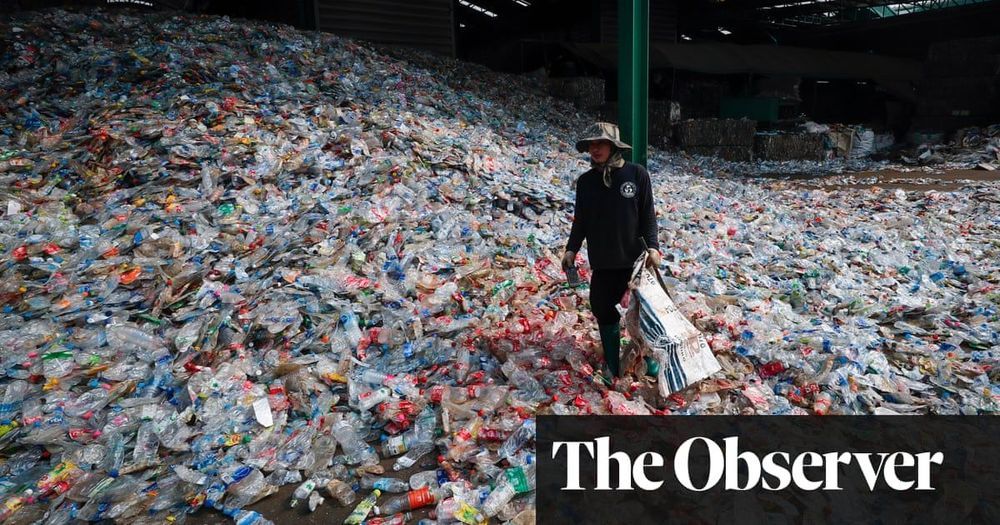

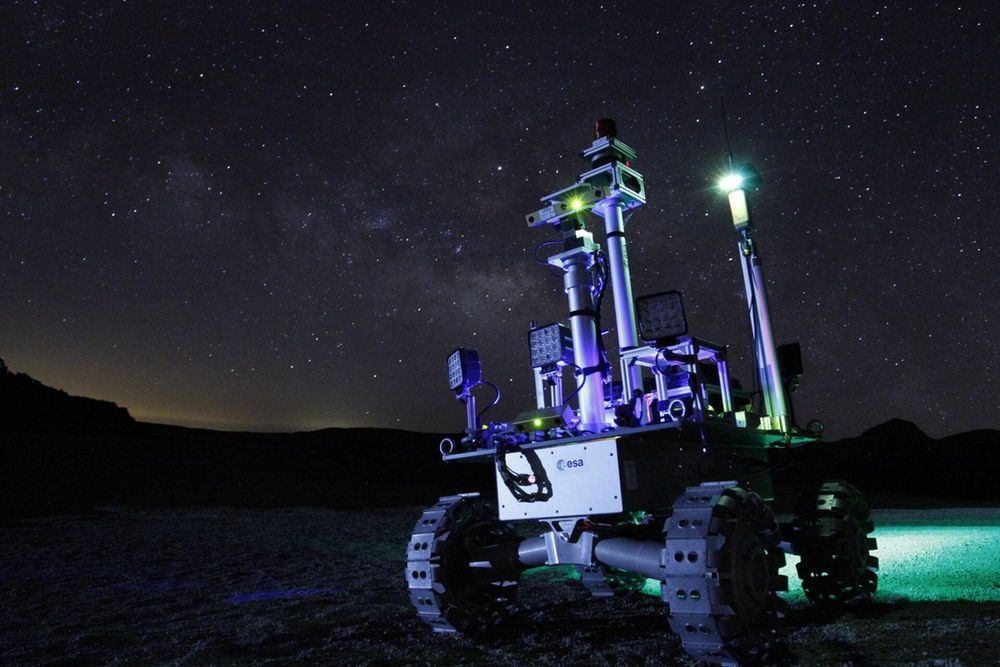
A laser light shone through the dark could power robotic exploration of the most tantalising locations in our Solar System: the permanently-shadowed craters around the Moon’s poles, believed to be rich in water ice and other valuable materials.
ESA’s Discovery & Preparation programme funded the design of a laser system to keep a rover supplied with power from up to 15 km away while it explores some of these dark craters.
At the highest lunar latitudes, the Sun stays low on the horizon all year round, casting long shadows that keep sunken craters mired in permanent shadow, potentially on a timescale of billions of years. Data from NASA’s Lunar Reconnaissance Orbiter, India’s Chandrayaan-1 and ESA’s SMART-1 orbiters show these ‘permanently shadowed regions’ are rich in hydrogen, strongly suggesting water ice can be found there.
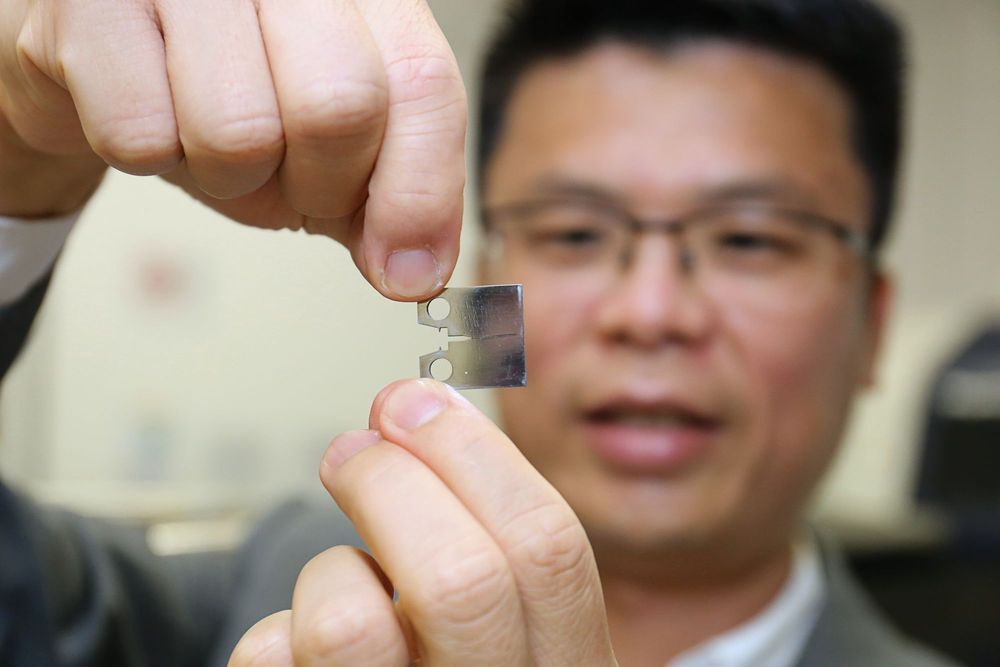
It’s a frustrating fact that whenever you try to improve materials like steel, you end up introducing new weaknesses at the same time. It’s a balancing act between different properties. Now, engineers have developed a new type of “super steel” that defies this trade-off, staying strong while still resisting fractures.
For materials like steel, there are three main properties that need to be balanced – strength, toughness and ductility. The first two might sound like the same thing, but there’s an important difference. Strength describes how much of a load a material can take before it deforms or fails, measured in Pascals of pressure. Toughness, meanwhile, measures how much energy it takes to fracture a material.
For reference, glass has relatively high strength but low toughness, so it’s able to support quite a bit of weight but it doesn’t take much energy to break.

Masks, gowns, and other personal protective equipment (PPE) are essential for protecting healthcare workers. However, the textiles and materials used in such items can absorb and carry viruses and bacteria, inadvertently spreading the disease the wearer sought to contain.
When the coronavirus spread amongst healthcare professionals and left PPE in short supply, finding a way to provide better protection while allowing for the safe reuse of these items became paramount.
Research from the LAMP Lab at the University of Pittsburgh Swanson School of Engineering may have a solution. The lab has created a textile coating that can not only repel liquids like blood and saliva but can also prevent viruses from adhering to the surface. The work was recently published in the journal ACS Applied Materials and Interfaces.

A research team including Kanazawa University tests the impact response of the world’s hardest concrete.
Concrete is the most widely used building material in the world and consequently is being continuously developed to fulfill modern-day requirements. Efforts to improve concrete strength have led to reports of porosity-free concrete (PFC), the hardest concrete tested to date. Some of the basic properties of PFC have already been explored, and now a team including Kanazawa University has probed the impact response of this innovative material. Their findings are published in International Journal of Civil Engineering.
Ultra-high-strength concrete offers significant advantages including reducing the weight of large structures and protecting them against natural disasters and accidental impacts. PFC is an ultra-high-strength concrete whose properties can be further enhanced by incorporating steel fibers.
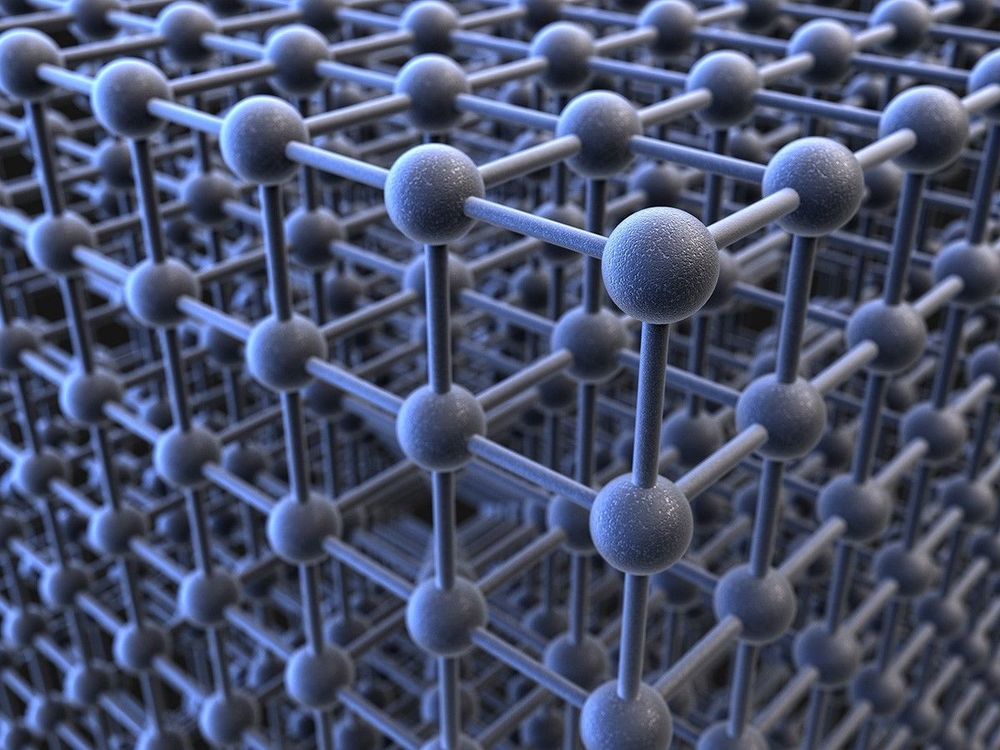
“Iron nuclei can be made transparent to gamma rays that they would normally absorb using a new technique called “acoustically induced transparency” (AIT). This feat was achieved by physicists in the US and Russia, who vibrated an iron Mössbauer absorber using a piezoelectric transducer. The researchers believe the effect could help to control the emission of radiation from nuclei, allowing more accurate atomic clocks and other quantum optical devices to be created. The technique could even be used to slow the passage of gamma rays through a material.”
“Acoustically induced transparency” created by vibrating solid absorber.
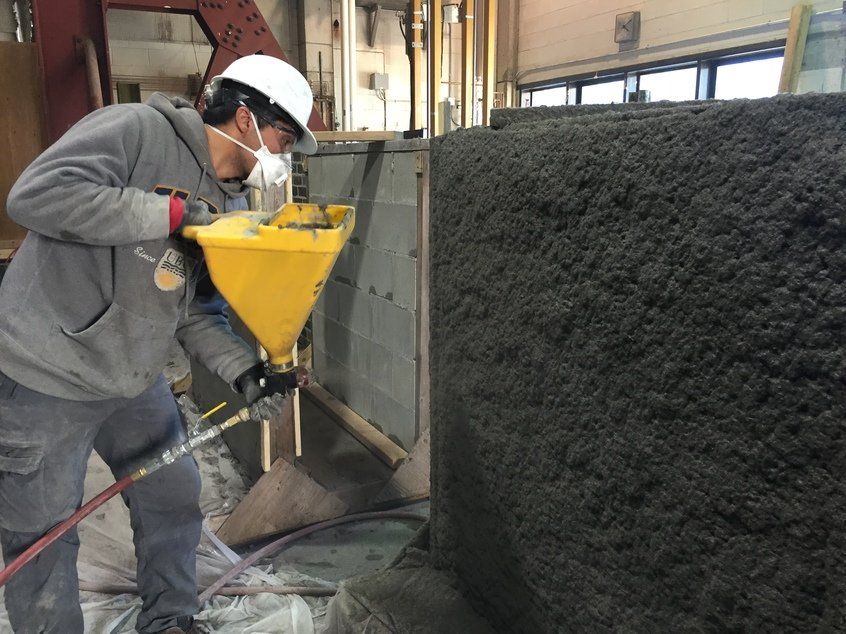


(CNN) — Scientists have long known our brains need sleep to review the day’s events and transfer them into longer-term memories. Students are often told to study just before turning in to maximize their recall of material for a test the next day.
But the exact way in which the brain stores our memories is poorly understood.
Now for the first time, tiny microelectrodes planted inside the brains of two people show just how the brain’s neurons fire during sleep to “replay” our short-term memories in order to move them into more permanent storage. The study was published Tuesday in the journal Cell Reports.
👽 We are running out of sand, Find out why.
Fyodor R.
If you’re planning a beach vacation, you’d better get to it soon. An alarming statistic for you: 67% of Southern California beaches? GONE by 2100. All because of sand. Even if you don’t think about the grainy stuff, you use it daily. You’re reading this off something made with sand, looking at it through a screen made with sand, surrounded by buildings made with concrete. I could let you guess what’s in concrete, but I suspect you’re already catching onto a theme here.
See more from Vince Beiser: http://a.co/5WGs8ij
Tech Insider tells you all you need to know about tech: gadgets, how-to’s, gaming, science, digital culture, and more.